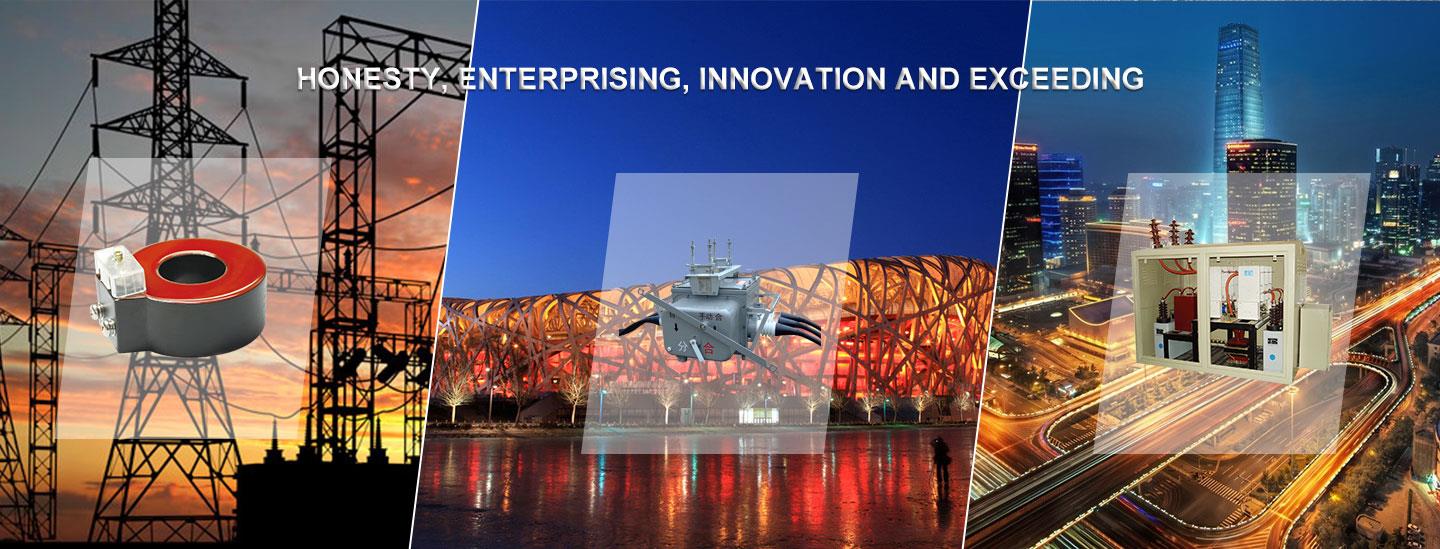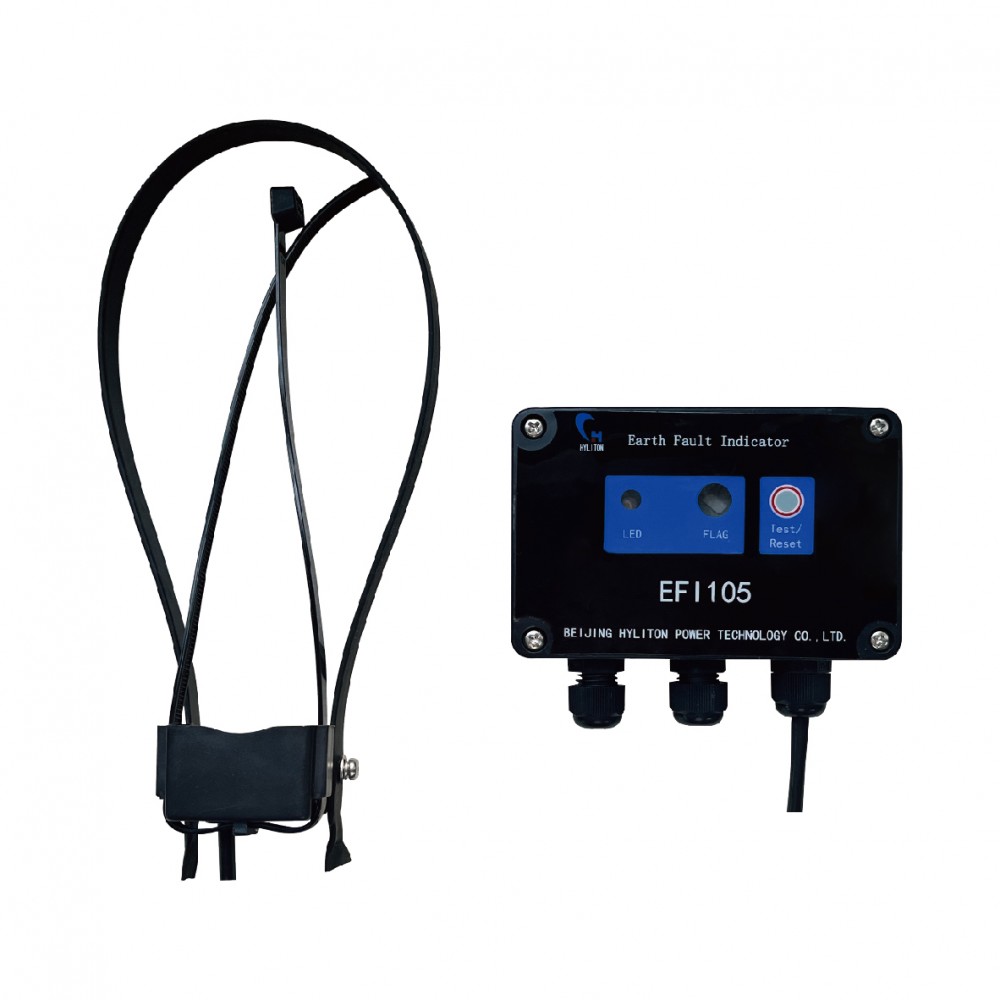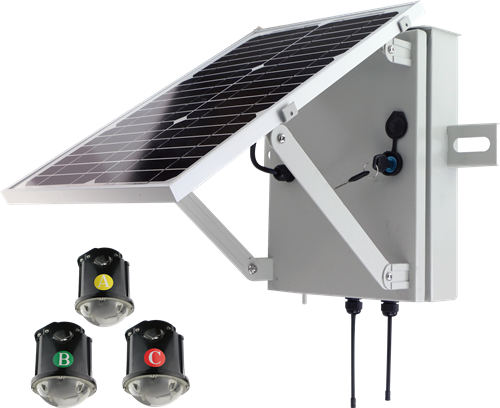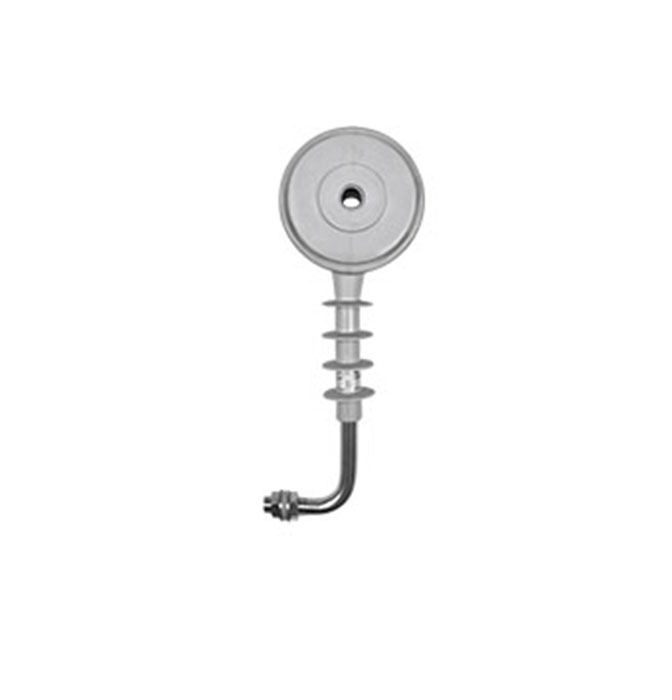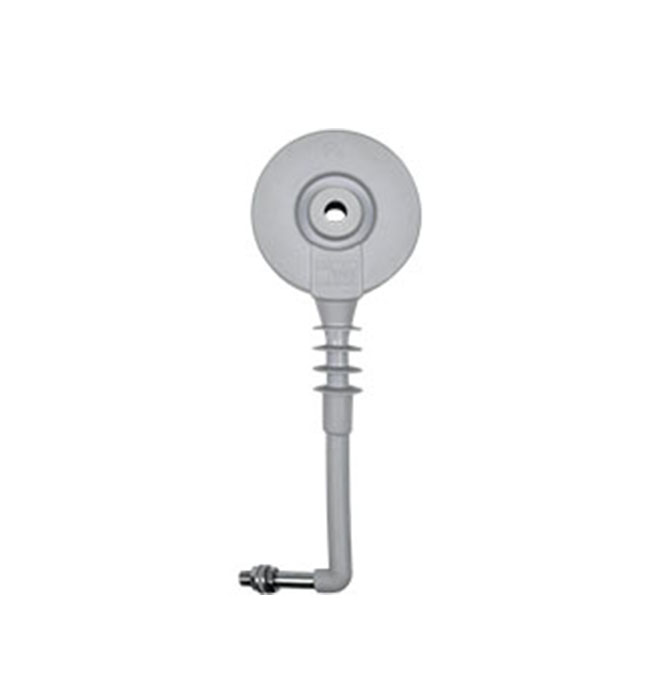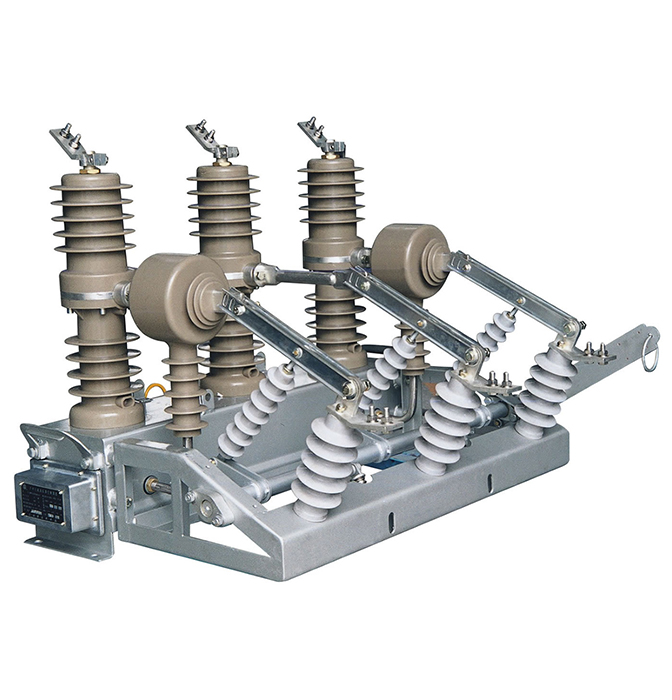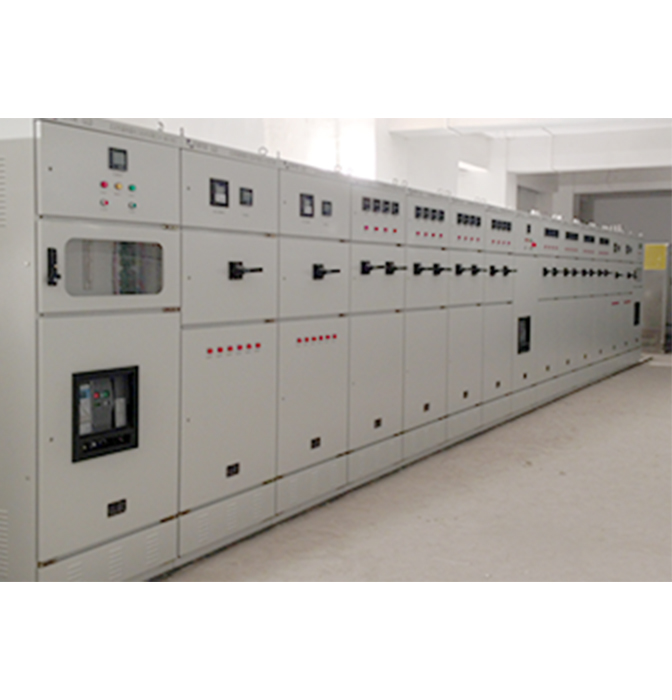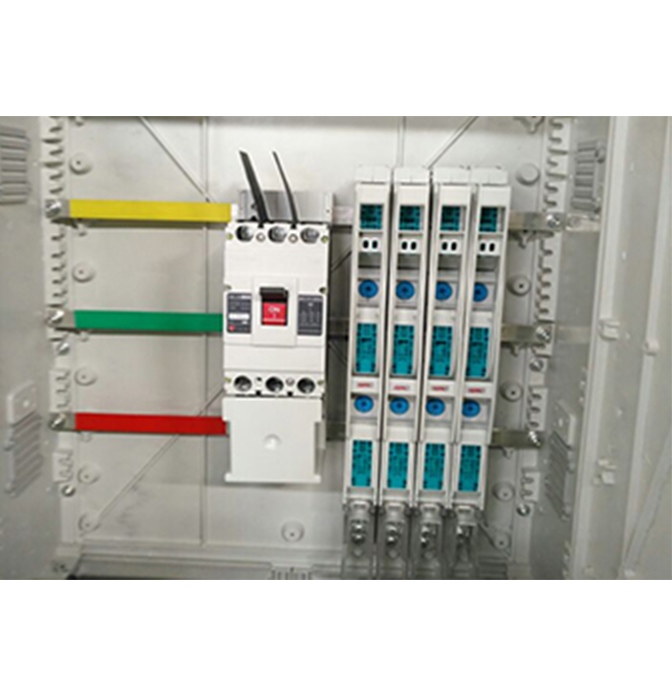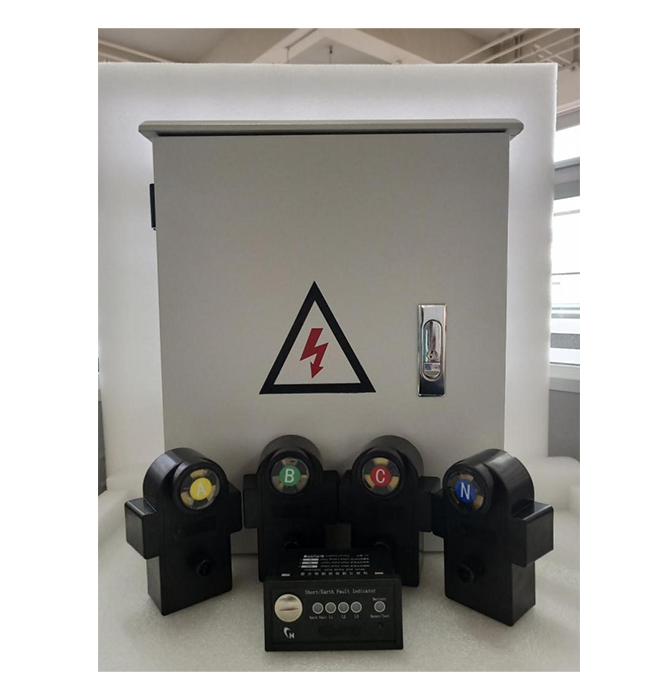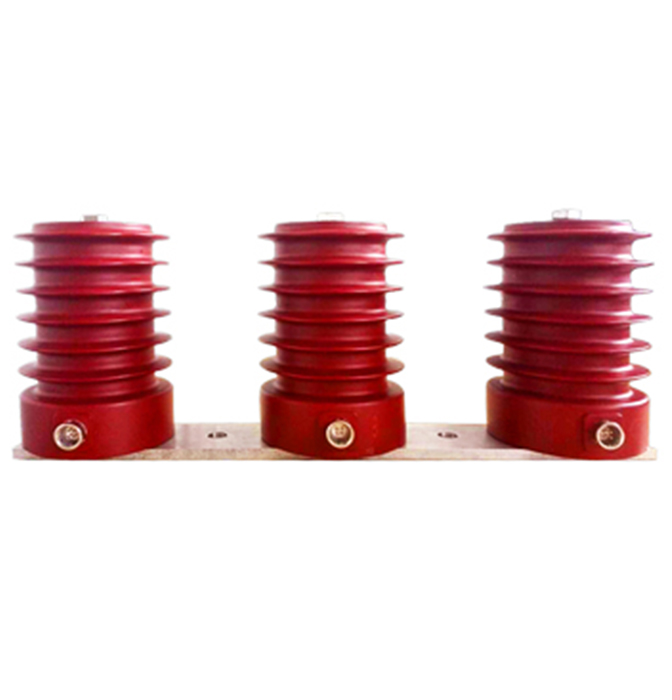DER Penetration Challenges Dealt With DSO Deployment
The electric power grid is encountering a growing penetration of distributed energy resources (DERs) driven predominantly by growing consumer commitments to environmentally-friendly generation, government incentives, increasing electricity prices, and reduction in cost of DER technologies. While valuable, this growing penetration has the potential to challenge the efficient, reliable, and cost-effective operation of the electric power system if not managed well, hence calling for practical and innovative solutions. One viable solution to address the emerging challenges is the deployment of distribution system operators (DSOs). The DSOs are anticipated to implement numerous applications to improve system visibility and further allow a better utilization of DERs. The deployment of the DSO not only helps cope with the challenges introduced by DERs, but also would help leverage all the benefits associated with DER installations. Many believe that interdependency between DER and DSO is emerging, where for the development of DSOs the deployment of a high number of DERs is necessary and vice versa.
Changing Generation Landscape and Associated Challenges
Renewable generation capacity additions over the next five years will top 700 gigawatts (GW) – more than twice Japan’s current installed power capacity. Renewables will account for almost two-thirds of net additions to global power capacity – that is, the amount of new capacity that is added, minus scheduled retirements of existing power plants. Non-hydro sources such as wind and solar photovoltaic (PV) panels will represent nearly half of the total global power capacity increase. Roughly 20,000 MW of solar capacity is forecasted to come online over the next two years in United States, doubling the country's existing solar capacity.
These changes are also driven by the change in customers’ behavior. For instance, customer preferences are driving investments such as energy efficient appliances, distributed generation, electric vehicles, and smart homes. Customers are increasingly valuing services that use energy (e.g., heating, cooling, lighting, refrigeration, electronics, communications, entertainment) over energy itself. Moreover, technology innovations are enabling a step change in how customers participate in energy supply and demand.
The increasing adoption of variable DERs challenges the traditional planning and operation practices of utility distribution systems. These systems have been traditionally radial and had single directional power flows and protection schemes, whereas with DERs, the power flows will become bi-directional and impact the circuit protection and control schemes. The increase in DER penetration possesses many challenges to the utilities, perhaps one of the most influential being the utility feeders’ ability to accommodate DERs. Some of the identified challenges are overvoltage, phase imbalance, equipment overload, loss of reach or coordination in the protection schemes, and potential harmonic distortions.
Grid Modernization in ComEd’s Territory
Commonwealth Edison (ComEd), a unit of Exelon Corp., that provides electricity services to approximately 3.8 million customers across northern Illinois, is preparing for an increase in DER penetration in its service territory. Like other utilities, ComEd is examining the potential of a DSO pilot implementation to investigate the relationship between DER deployments and DSO, as well as the potential DSO applications that can facilitate DER integration and benefit both end-use customers and the system.
As the deployment of DERs expands, ComEd plans to ensure that the deployments take place in a manner that adds best value to the grid and that doesn’t negatively impact the grid’s performance. The deployment of smart devices and demand side innovations further help in accommodating DERs. Through ComEd’s foundational initiatives, such as the Grid Resiliency Investment Portfolio (GRIP) and the Energy Infrastructure Modernization Act (EIMA), significant investments are already underway to modernize the grid. These foundational efforts support many other initiatives such as smart substations, advanced metering infrastructure (AMI), advanced communications and control network (Silver Spring Meshed Network), and distribution automation (DA).
How Can a DSO Help Address Challenges?
Similar to transmission system operators, the DSO would act as an independent aggregator by interfacing distributed generators and network owners and by managing a distributed generation market. More specifically, the DSO would be responsible for conducting operational security studies, addressing loading or voltage issues through switching or other operational actions, responding to outages, and directing restoration efforts. The DSO would also coordinate the electricity purchase and sale, the interchange of power to other markets, and control resource output.
The DSO can efficiently utilize DERs to improve system reliability and resiliency, as well as to reduce emissions and greenhouse gasses by resource diversification. The visibility and control over behind-the-meter resources would be increased since the DSO would act as an intermediate entity between the independent system operators (ISOs) or Regional Transmission Operators (RTOs) and DER owners. Moreover, the DSO would either control the output of DERs or coordinate with DER management systems to maximize the benefits of DER integration and ensure supply reliability. Increased DER penetration and the DSO local market services would facilitate renewable resource integration and penetration, i.e. reducing wholesale costs associated with DER integrations as well as emissions. Furthermore, increased DER penetration would favorably improve wholesale market costs, especially locational costs, saving costs for all customers over time.
Final Thoughts
While DER penetration in Illinois is still in its early stages, ComEd is both preparing for a deepening deployment of DERs and proposing to hasten that deployment via policy proposals to increase funding for renewable resources and to reduce the up-front cost of installing rooftop solar systems. At the same time, ComEd is awaiting legislative action to proceed in building five utility-owned microgrids that will contain a diverse mix of DERs. Ultimately, ComEd seeks to create maximum value for utility customers from future DER installations – potentially via the deployment of a DSO concept, which now has the potential to become a reality due to the distribution system modernization.
 Email:
Email: 


